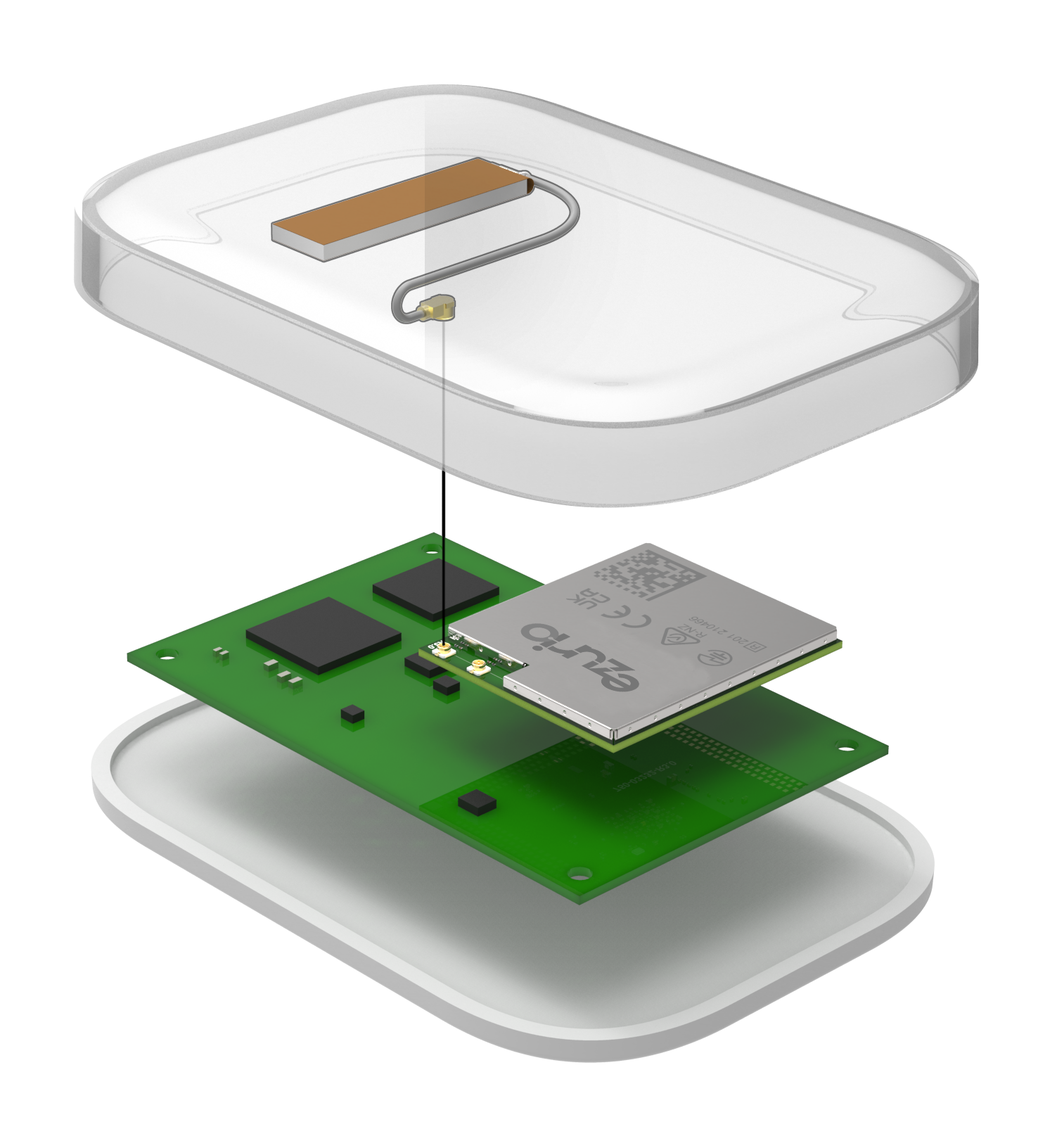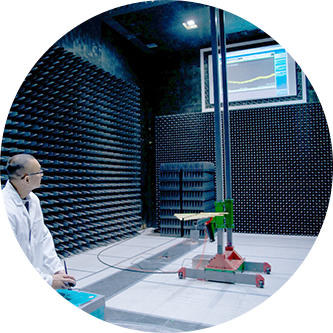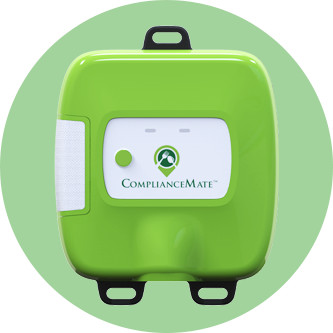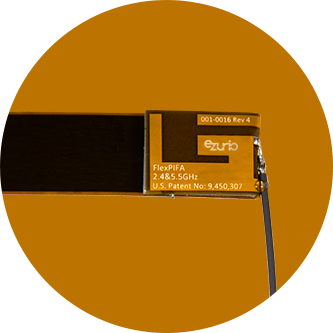| v5.0 |
LE Coded |
Robust, reliable connections indoors and outdoors |
4 x Range |
Whole house/building coverage/outdoor e.g. Nordic Semi tests drone connectivity to 750m outdoor range |
| 2M PHY |
Faster data transfer, reduced TX/RX time |
2 x Speed |
Lower latency, increased performance & faster data transfer for critical data e.g. swifter FW updates, download of logged sensor data |
| Advertising Extension (AE) |
More data capacity in Connectionless Services |
8 x Increase broadcast message capacity |
Beacons & location/tracking services can be improved for greater data & information e.g. enhanced user experiences in facility tours |
| Periodic Advertising |
A more power-efficient way to perform
scanning |
A more power-efficient way to perform
scanning |
Bluetooth LE in connectionless scenarios,
such as broadcast audio applications. |
| High Duty Cycle Non-connectable Advertising |
Reduced the minimum advertising interval for non-connectable advertising |
Reduces the minimum allowed Advertising Interval from 100ms to 20ms |
Allows a rapid recognition of and response to advertising packets from devices like beacons |
| LE Channel Selection Algorithm #2 |
Improved Frequency Hopping |
Improve communication reliability through reducing the
probability of packet collisions |
Improves performance in busy radio environments. More optimal for LE Audio and co-location of devices operating in the 2.4GHz ISM band such as Wi-Fi and other BT devices |
| v5.1 |
Enhanced Direction Finding |
Angle of Arrival/Departure (AoA/AoD). |
Allows
Bluetooth devices to determine the direction of a Bluetooth signal transmission |
AoA and AoD in conjunction with RSSI create high accuracy, interoperable
positioning systems such as real-time locating systems (RTLS) and indoor positioning systems (IPS). |
| GATT Caching Enhancements |
Consumes less energy by allowing clients to skip service discovery when nothing has changed. |
Improved Energy
efficiency and user experience issues for some types of products |
Bluetooth smart
locks, Service discovery need only be performed the first time the user attempts to pass through a door with a smart lock. The user may perceive a delay during this first occasion but all subsequent times the user will experience a near
instantaneous response from the smart lock. |
Advertising Enhancement 1: Randomized Advertising
Channel Indexing |
Reduces the potential for advertising packet collisions occurring |
Improved scalability and reliability in busy radio environments |
Improves performance in busy radio environments for co-location of devices operating in the 2.4GHz ISM band such as Wi-Fi and other BT devices |
| Advertising Enhancement 2: Periodic Advertising Sync Transfer |
Scanning device more energy efficient and can make possible some use
cases that require precise timing in the exchange of data. |
Allows resource constrained devices to utilize periodic advertising |
A smartphone could scan for sync packets from a TV and
then pass them over a connection
to an associated smart watch so
that the watch can then benefit
from using periodic advertising and
scanning to acquire data from
the TV. |
| v5.2 |
LE Isochronous Channels (LE Audio) |
Designed to support LE Audio |
Allows the communication of time-bound data to one or more devices for time-synchronized processing. |
LE Audio Music sharing, new standard for hearing aids and support assisted hearing systems in diverse
locations, such as theaters, conferences, lecture halls, and airports, multilanguage
audio systems |
| Enhanced Attribute Protocol |
EATT supports concurrent transactions from different applications and has security advantages over unenhanced ATT |
Provides an improved user experience
on devices where there are multiple applications using the Bluetooth Low Energy (LE) stack at the
same time |
Multiple concurrent applications such as announcements, audio and data |
| LE Power Control |
Possible for devices to dynamically optimize the transmission power used in communication between connected devices. |
Maintain an optimal signal strength from both a signal quality and low- power-use perspective |
Improves performance in busy radio environments for co-location of devices operating in the 2.4GHz ISM band such as Wi-Fi and other BT devices |
| v5.3 |
Periodic Advertising Enhancement |
Improved energy efficiency and RX duty cycle |
Reduced number of
packets received from the controller and the associated processing requirements |
All applications |
Connection
Sub-Rating |
Able to switch up to a high duty cycle more quickly. Connections are also able to handle variable packet rates or bursty traffic in an efficient way. |
Improved user experience |
Bluetooth LE Audio
products such as hearing aids and monitoring systems which use sensors. Sensors which can switch the
connection up to a high duty cycle quickly so that accumulated sensor data can be uploaded over a higher bandwidth connection. |
| Channel Classification Enhancement |
Channel classification in Bluetooth LE may now be performed by the Peripheral device as well as the Central |
Improve
throughput and reliability through reducing the number of potential collisions |
Bluetooth LE Audio
products such as streaming audio. |
| v5.4 |
Periodic Advertising with Response (PAwR) |
Exchange of application data using connectionless communication |
Energy efficient (Battery Life),
bi-directional, communication in a large-scale one-to-many topology |
Electronic Shelf Label (ESL) and applications needing to send and receive messages between a central hub
device and a large number of other devices in a network |
| Encrypted Advertising |
Secure broadcasting of data in
advertising packets |
Connectionless communication or encrypted advertising and scan response packets |
Broadcast topologies allowing portions of advertisement packet be exposed to any observer while other portions needing confidentiality can be read by an intended observer. |
| LE GATT Security Levels Characteristic |
Devices may now indicate the security mode and level required for all their GATT functionality |
Adds Attribute Permissions |
Door Lock for multitenant dwelling where only authorized users can access entry based on user list. |
| Advertising Coding Selection |
LE Extended Advertising now allows CODED Phy Selection |
Longer range or higher throughput Extended Advertisement |
Beacons & location/tracking services can be improved for greater data & information at longer distances or greater throughput |
| v6.0 |
Channel Sounding |
Provides ToF of RF waves to determine distance within 10cm between two devices. |
Major improvements to ranging accuracy, to 0.5 meter accuracy with a single antenna. |
Proximity in industrial environments, door access control, indoor wayfinding, real-time location and logistics. |
| Decision-Based Advertising Filtering |
Introduces Decision PDUs to allow devices to make decisions about whether extended advertising events are relevant or can be ignored. |
Improves efficiency of scanning devices with extended advertising, improving link utilization and time utilization on the scanning device. |
Improving performance in crowded environments such as busy warehouses and manufacturing environments. |
| Monitoring Advertisers |
Filter advertising events without losing awareness of whether the advertising device has gone out of range since last advertisement. |
Cuts unnecessary high duty cycle scanning that accompanies scanning for out-of-range advertisers, and provides more accurate information about device availability. |
Managing complexity in environments where Bluetooth devices are mobile, such as warehouse robots and mobile medical devices. Improves LE Audio user experience. |
| Isochronous Adaptation Layer (ISOAL) Enhancement |
New ISOAL framing mode which uses a max PDU size sufficient to carry whole larger upper layer data units without the need for segmentation. |
Lower latency, better reliability, and better utilization of available bandwidth for transmitting large data frames. |
Bluetooth streaming connections such as Bluetooth LE audio and Auracast, or high-throughput data streams. |
| LL Extended Feature Set |
Supports more features and mechanisms to read available features from other devices, plus notifications when the feature set changes on the controller. |
Future-proofing for growing LE feature set, better interoperability by exchanging available features, and backwards compatibility to existing feature exchange mechanisms. |
Adding new devices to an existing legacy Bluetooth ecosystem, such as adding to incumbent sensor networks or adding new HMIs to existing industrial equipment. |
| Frame Space Update |
Allows the timing between adjacent packets in a connection event or connected isochronous stream to be negotiable, as opposed to previously fixed 150 μs. |
Flexibility to improve efficiency and throughput with shorter intervals, accommodate slower devices with longer intervals, or coexist with other technologies and avoid interference in crowded environments. |
Better continuous high-bandwidth streaming for audio, firmware updates or better coexistence in busy industrial environments with multiple competing wireless signals. |
/filters:background_color(white)/2024-03/032023%20-%20White%20Paper%20-%20Industrial%20IoT-V2-Cover-1.png)




/filters:background_color(white)/2024-03/Lyra%2024%20-%20Collection1.png)
/filters:background_color(white)/2024-10/LYRA-P and LYRA-S render.380.png)
/filters:background_color(white)/2025-08/Vela%20IF310-MHF4%20%28453-00391%29%20front.584.png)
/filters:background_color(white)/2024-03/Vela%20IF820%20-%20Modules.png)
/filters:background_color(white)/2024-12/BT860ST.png)
/filters:background_color(white)/2024-12/BT850_SA.png)
/filters:background_color(white)/2024-06/BL54L10-Group.png)
/filters:background_color(white)/2024-06/BL54L15ug_SA%20and%20ST-right11.363.png)
/filters:background_color(white)/2024-02/BL54H20-Group.png)
/filters:background_color(white)/2024-01/BL54L15-Group.png)
/filters:background_color(white)/2023-04/BL5340-00068-00076-Group.png)
/filters:background_color(white)/2025-05/Aurawave%20Board%20-%20Background%20Removed.png)
/filters:background_color(white)/2025-05/453-00052%20-%20Front.png)
/filters:background_color(white)/2024-10/BL654-Series.png)
/filters:background_color(white)/2024-10/bl654pa-both_0.png)
/filters:background_color(white)/2024-10/bl653-transparent-highres_0.png)
/filters:background_color(white)/2024-10/BL653µ-SA-angle.png)
/filters:background_color(white)/2024-11/Product-Photo---BL651-Series1.png)
/filters:background_color(white)/2024-10/BL652-SA-RightLabel_0.png)
/filters:background_color(white)/2024-12/BL600_SA-%282%29.png)
/filters:background_color(white)/2024-10/tiwi-ub1-soc-bluetooth-module-front1.jpg)
/filters:background_color(white)/2024-10/tiwi-ub2-bluetooth-smart-ready-module-front1.jpg)
/filters:background_color(white)/2024-10/SaBLE-x-R2-Straight-Label.png)
/filters:background_color(white)/2024-12/4358562d-9036-4706-bd6e-3fb6554fd1ec.png)
/filters:background_color(white)/2024-12/BT830_SA.png)
/filters:background_color(white)/2024-12/BT900%2520PIC.png)
/filters:background_color(white)/2024-12/BISMS02BI-1.png)
/filters:background_color(white)/2024-12/LairdDongle.png)
/filters:background_color(white)/2024-12/Embedded-Wireless-BT730-SA.png)
/filters:background_color(white)/2024-12/Embedded-Wireless-BT740-SA.png)
/filters:background_color(white)/2024-12/BTM41X.png)
/filters:background_color(white)/2024-12/BTM430.png)
/filters:background_color(white)/2024-12/TRBLU23.png)






/filters:background_color(white)/2022-07/Audio-Headphone-Waves-AdobeStock_318332528%20%5BConverted%5D.png)
/filters:background_color(white)/2024-09/whats_new_in_bluetooth_6.png)
/filters:background_color(white)/2024-05/ble_blog_cover.png)
/filters:background_color(white)/2024-05/linux-foundation-ryan-erickson1.png)
/filters:background_color(white)/2024-07/single-mode-classic-dual-mode.png)
/filters:background_color(white)/2025-08/Cloud2GND-Aurawave-Module.png)
/filters:background_color(white)/2025-08/nrf54l-series.jpg)
/filters:background_color(white)/2024-08/regulatory-noncompliance-white-paper.png)
/filters:background_color(white)/2024-08/Hack-Proof%20Your%20Device%20WP%20Cover%20Image.png)
/filters:background_color(white)/2025-08/Thumbnail%20-%20AW100.png)
/filters:background_color(white)/2025-01/EK-B02-BL5340_product2a_med.png)
/filters:background_color(white)/2024-06/BL54L10-Group.png)
/filters:background_color(white)/2024-06/BL54L15ug_SA%20and%20ST-right11.363.png)
/filters:background_color(white)/2024-07/Summit%20Suite%20White%20Paper-V2-Cover.png)
/filters:background_color(white)/2025-09/The%20Playbook%20for%20Wireless%20Software%20Development.png)
/filters:background_color(white)/2025-06/BL54L15%20DVK%20-%20Box%20Label.png)
/filters:background_color(white)/2024-05/QSR%20cover%20image.png)